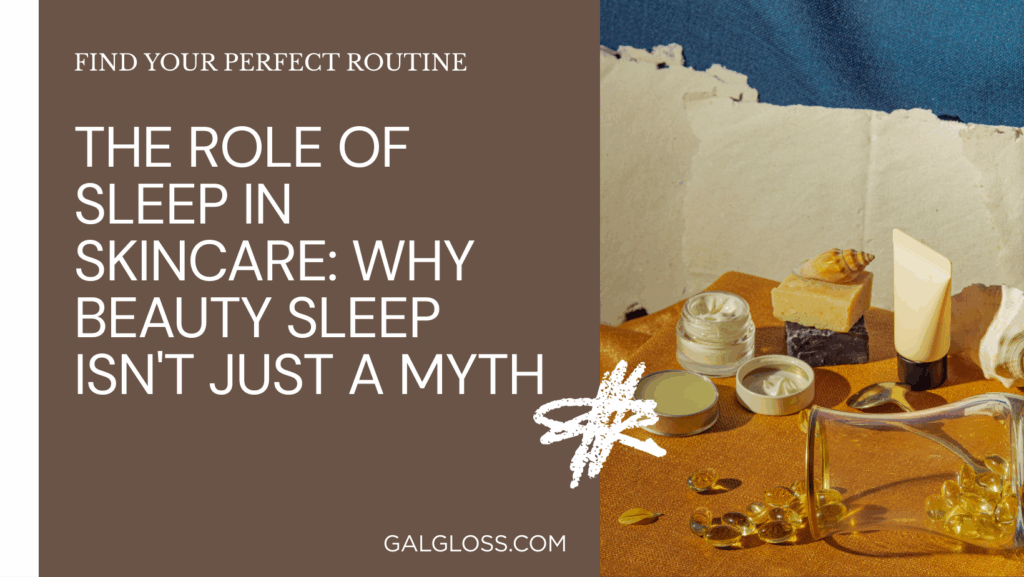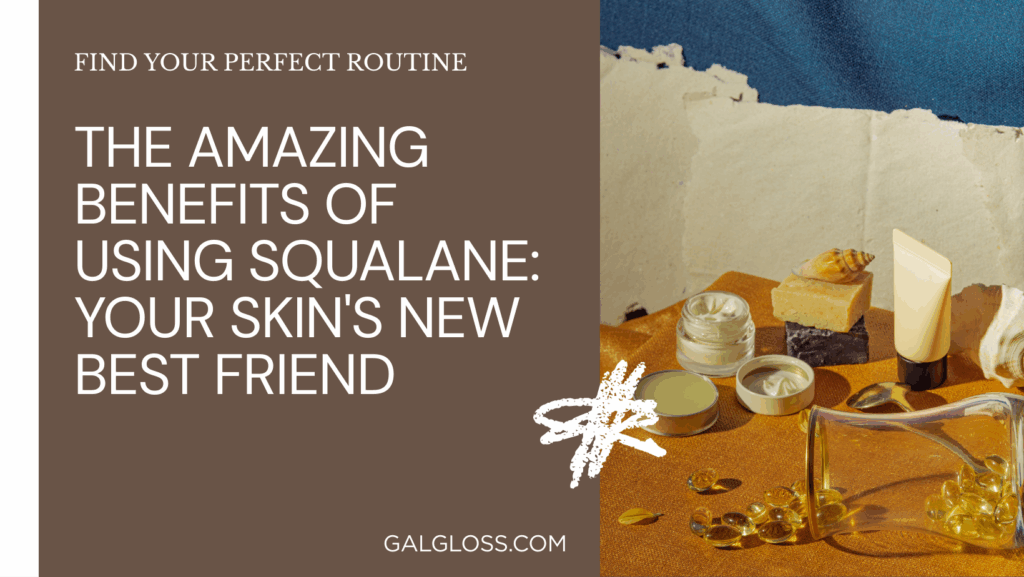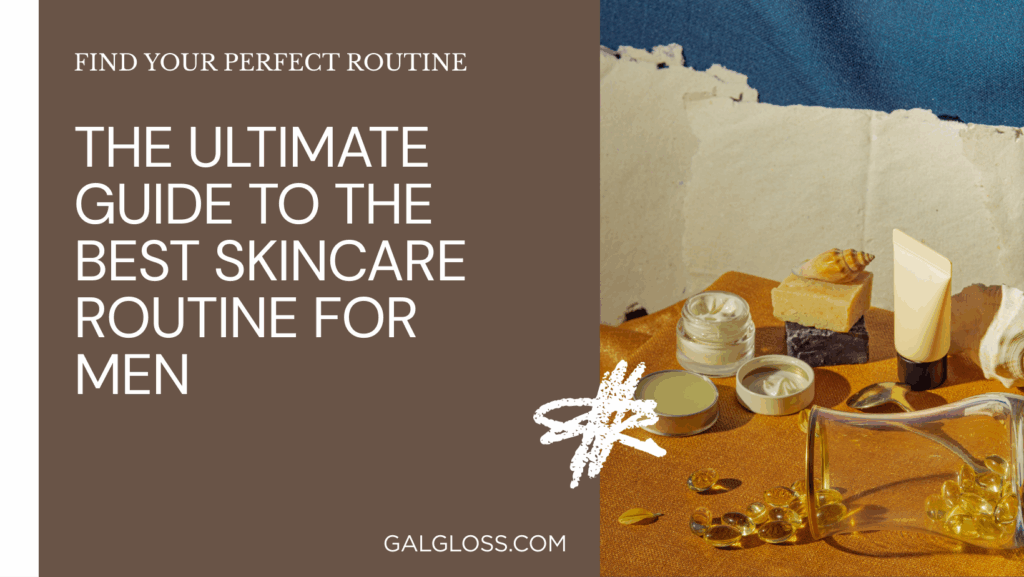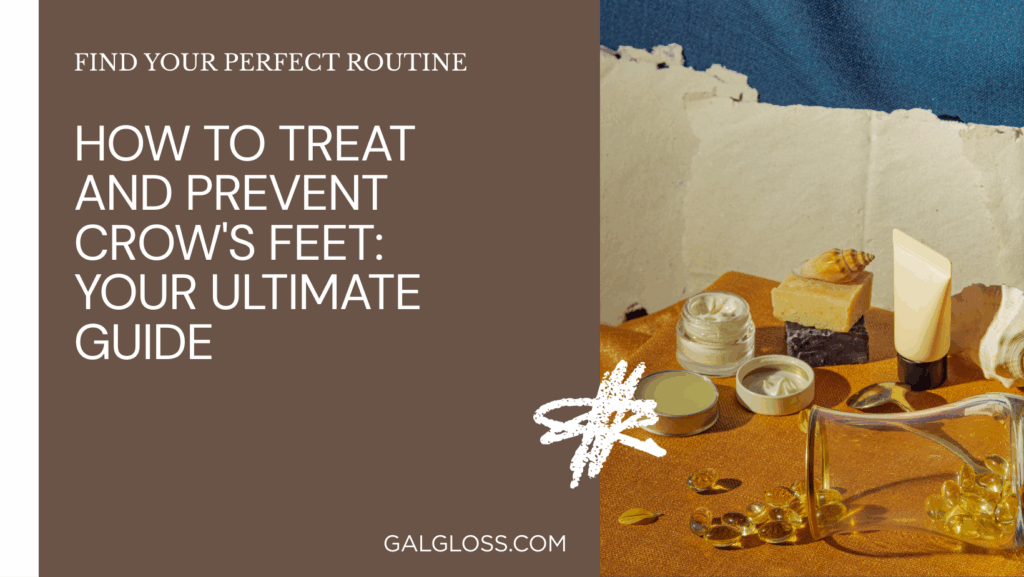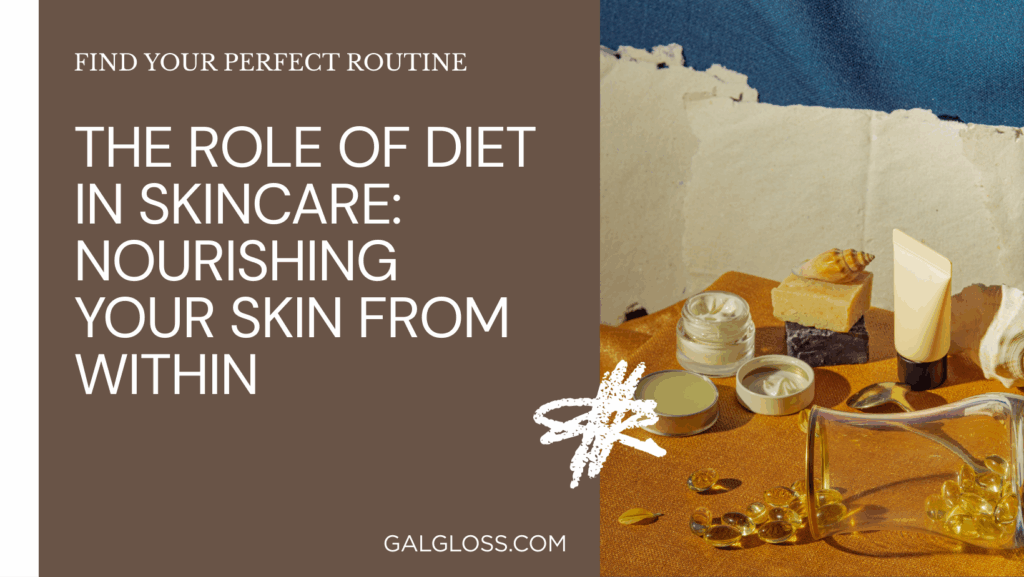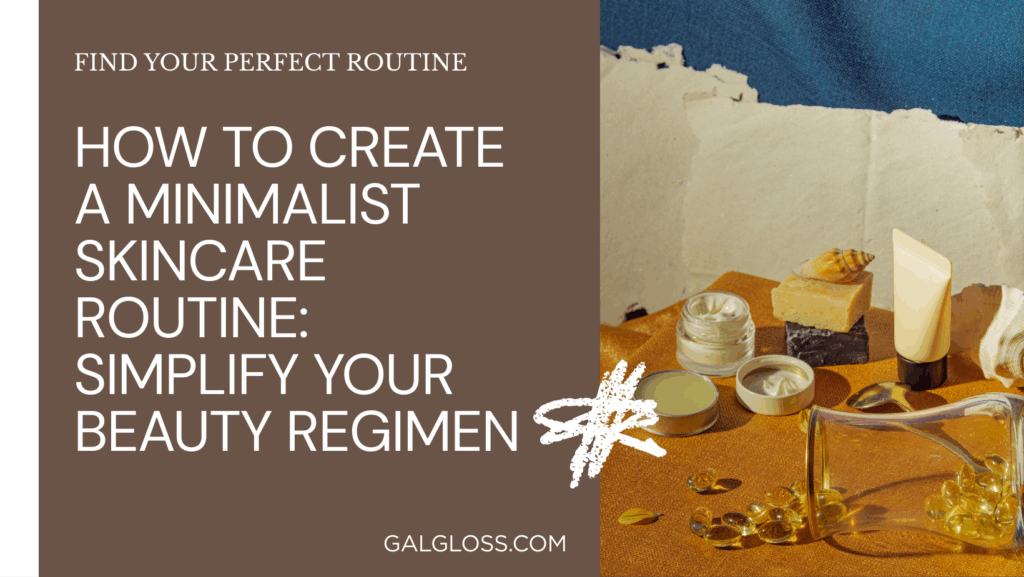Ever heard of azelaic acid? If not, you’re in for a treat. This unsung hero of skincare might just be the solution you’ve been searching for. Let’s dive into the world of this multi-tasking ingredient and discover why it’s creating such a buzz in the beauty industry.
What’s the Deal with Azelaic Acid?
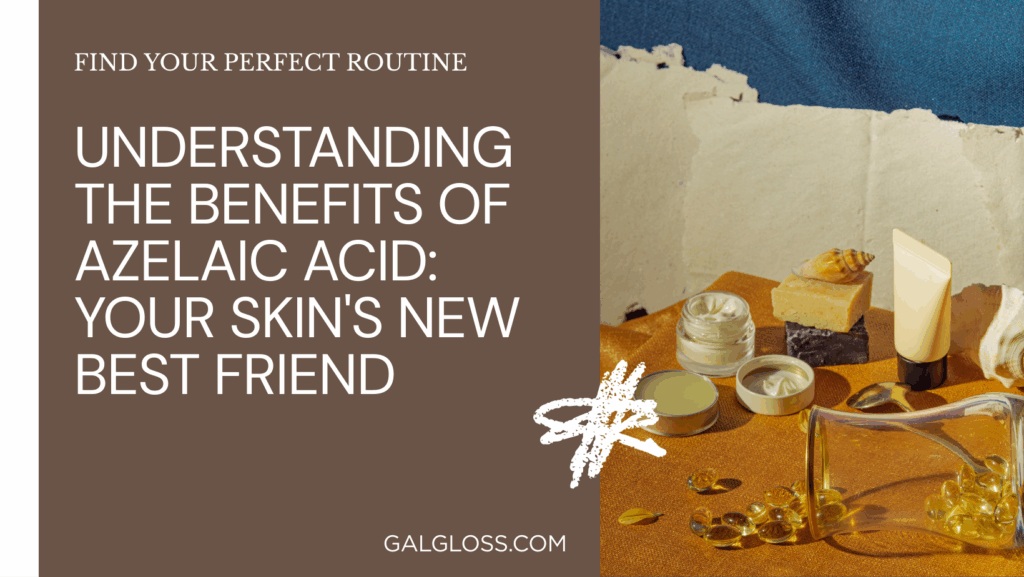
Azelaic acid isn’t some lab-created compound. Believe it or not, it’s naturally produced by yeast that lives on our skin. Mother Nature’s got our back, right? But don’t worry – the stuff in your skincare products is typically synthesized for consistency and purity.
So, what makes this acid so special? Well, it’s like the Swiss Army knife of skincare. It fights acne, calms rosacea, fades dark spots, and even helps with anti-aging. Talk about overachieving!
The Science Behind the Magic
Now, I’m not going to bore you with complex chemical formulas, but here’s the gist: azelaic acid is a dicarboxylic acid. It works by inhibiting an enzyme called tyrosinase (fancy word alert!) which is responsible for skin pigmentation. It also has antibacterial and anti-inflammatory properties.
Think of it as a traffic cop for your skin cells. It keeps everything moving smoothly, prevents pile-ups (aka acne), and even helps clean up the mess left behind (like those pesky dark spots).
Top 10 Benefits of Azelaic Acid
Ready for the good stuff? Here’s why azelaic acid deserves a spot in your skincare routine:
- Acne-fighting superhero: It kills acne-causing bacteria and unclogs pores. Goodbye, pimples!
- Rosacea’s worst enemy: Reduces redness and swelling associated with rosacea. Calm skin, happy you.
- Hyperpigmentation’s kryptonite: Fades dark spots and evens out skin tone. Hello, radiant complexion!
- Gentle exfoliation master: Sloughs off dead skin cells without irritation. Smooth operator, indeed.
- Pore-minimizing wizard: Keeps pores clear, making them appear smaller. Optical illusion? Maybe. Effective? Absolutely.
- Anti-inflammatory champion: Calms irritated skin. It’s like a chill pill for your face.
- Antioxidant powerhouse: Fights free radicals that cause premature aging. Time machine not required.
- Skin texture smoother: Improves overall skin texture. Silk has nothing on your face.
- Sebum regulation expert: Helps control oil production. Say goodbye to that midday shine.
- Anti-aging ally: Boosts collagen production for firmer, younger-looking skin. Benjamin Button, is that you?
Who Can Benefit from Azelaic Acid?
Here’s the beauty of azelaic acid – it’s like that friend who gets along with everyone. It’s suitable for most skin types, including sensitive skin. But it’s especially beneficial for:
- Acne-prone skin: It fights acne on multiple fronts – killing bacteria, reducing inflammation, and unclogging pores.
- Rosacea sufferers: Its anti-inflammatory properties can help calm the redness and bumps associated with rosacea.
- Those with hyperpigmentation: Whether it’s sun spots, melasma, or post-acne marks, azelaic acid can help fade them.
- Sensitive skin types: Unlike some harsher acne treatments, azelaic acid is generally well-tolerated by sensitive skin.
- Combination and oily skin: It helps regulate sebum production, keeping oiliness in check.
How to Use Azelaic Acid in Your Skincare Routine
Ready to give it a go? Here’s how to incorporate azelaic acid into your skincare routine:
- Start with a clean face. Cleanse and tone as usual.
- Apply a pea-sized amount of azelaic acid product to your entire face.
- Follow up with moisturizer and sunscreen (during the day).
Pro tip: Start with a lower concentration (around 10%) and use it every other day. If your skin tolerates it well, you can increase frequency and concentration.
You can use azelaic acid in the morning or evening, but if you’re using other active ingredients like retinoids, it’s best to use them at different times of the day to avoid irritation.
Potential Side Effects and Precautions
Like any skincare ingredient, azelaic acid can have some side effects. The most common ones include:
- Mild skin irritation
- Redness
- Dryness or peeling
These usually subside as your skin gets used to the product. If irritation persists, reduce frequency of use or consult a dermatologist.
Who should avoid azelaic acid? If you’re allergic to propylene glycol (a common ingredient in azelaic acid products), steer clear. Pregnant or breastfeeding? While azelaic acid is considered safe, always check with your doctor first.
Azelaic Acid vs. Other Skincare Ingredients
How does azelaic acid stack up against other popular skincare ingredients? Let’s break it down:
- Azelaic Acid vs. Salicylic Acid: Both fight acne, but azelaic acid is gentler and better for sensitive skin. It also has the added benefit of fading dark spots.
- Azelaic Acid vs. Benzoyl Peroxide: Benzoyl peroxide is stronger against acne but can be more irritating. Azelaic acid is gentler and has more diverse benefits.
- Azelaic Acid vs. Retinoids: Retinoids are powerhouses for anti-aging and acne, but can be irritating. Azelaic acid is gentler and better for those with sensitive skin or rosacea.
Choosing the Right Azelaic Acid Product
When shopping for azelaic acid products, keep these tips in mind:
- Concentration: Over-the-counter products typically contain 10% azelaic acid. Prescription formulations can go up to 15-20%.
- Formulation: Gels are great for oily skin, while creams work well for normal to dry skin.
- Additional ingredients: Look for products that combine azelaic acid with soothing ingredients like niacinamide or hyaluronic acid.
- Brand reputation: Choose products from reputable skincare brands with good reviews.
Success Stories: Real People, Real Results
Don’t just take my word for it. Here’s what some azelaic acid users have to say:
“I’ve struggled with acne and rosacea for years. After using azelaic acid for 3 months, my skin is clearer and calmer than it’s been in a decade!” – Sarah, 32
“As someone with sensitive skin, I was hesitant to try new products. Azelaic acid has been a game-changer. It’s gentle yet effective.” – Mike, 28
Dr. Jane Smith, a board-certified dermatologist, adds: “Azelaic acid is one of my go-to recommendations for patients dealing with acne, rosacea, or hyperpigmentation. It’s effective and well-tolerated by most skin types.”
Frequently Asked Questions
Q: Is azelaic acid natural? A: Yes and no. It’s naturally produced by yeast on our skin, but the azelaic acid in skincare products is typically synthesized for consistency and purity.
Q: How long does it take to see results? A: Most people start seeing improvements in 4-8 weeks. For best results, consistent use for 3-6 months is recommended.
Q: Can I use azelaic acid with other active ingredients? A: Yes, but introduce new products gradually. Azelaic acid pairs well with many ingredients, but using it alongside other exfoliating agents or strong actives may increase the risk of irritation.
Conclusion
Azelaic acid is truly a skincare superhero. It fights acne, calms rosacea, fades dark spots, and even helps with anti-aging. Plus, it’s gentle enough for most skin types. Whether you’re dealing with stubborn acne, persistent redness, or just want to improve your overall skin health, azelaic acid might be the solution you’ve been searching for.
Remember, everyone’s skin is unique. What works wonders for one person might not have the same effect for another. It’s always a good idea to patch test new products and introduce them gradually into your routine. And when in doubt, consult with a dermatologist.
Ready to give azelaic acid a try? Your skin might just thank you for it. After all, who doesn’t want clearer, calmer, more radiant skin? Go ahead, embrace the power of this unsung skincare hero. Your journey to healthier, happier skin starts now!
